 Trafalgar: A Reef of Culture
Trafalgar: A Reef of Culture
Finding value in box-ticking tourism
Westminster is a box-ticking tourist’s mecca. It is the Great Barrier Reef of London, with its most prized corals enduring a daily onslaught of pilgrims seeking selfies. Schools of people swim along Whitehall towards Trafalgar Square, having snapped up shots of Big Ben and Parliament before their morning helping of plankton.
Trafalgar’s section of the reef is teeming with life. It’s most notable structures include Nelson's Column and its feline guardians, the National Gallery - a colossus which hides unsubtly behind lumbering pillars, the four plinths, the fountains, and St Martin-in-the-Field. Even the feral pigeons who often entertain more successfully than the street performers play their part, as integral to this urban ecosystem as algae is to the aquatic. They are all well-trodden (bar the pigeons, hopefully) landmarks of this historic reef.
Glancing habitually at a map as I pass the Admiralty Arch, despite being familiar with the area, a family catch on to my purposeful demeanour. A motherly figure dives in.
‘Excuse me, could you tell us where the National Gallery is?’
She gazes at me wide eyed and questioning, lips puckered with impatience. Above her shoulder, a slim male youth shimmies over.
‘Please, and where is the closest Apple Store?’
I wave them in the direction of their first destination, which was apparently invisible in plain sight, and instruct them on how to reach their technological terminus. They swim off on their mission, with selfie sticks raised as if snorkels providing essential oxygen.
Young children play around the Column like shoals of tropical fish, shooting laser beams from their light-up trainers yet revelling in this sturdy cultural playground, and clambering appreciatively over the lions. The innocence of this activity seems to nourish the ecosystem rather than tarnish it. Those who are successful in their ascent of the base stand watchfully from their platform, as if guarding their prized anemone. Observing a couple baring a simultaneous shark-like grin as they pose in front of a bronze lion, I can almost sense the lion stifling a roar of indignation as it is forced into an Instagram #hashtag yet again.
Street entertainers bob up and down the promenade in front of the National Gallery. Their wires, like tentacles, extend in every direction, One performer hums untunefully into a traffic cone, which feels like an afterthought of entertainment. I’ll applaud the novelty, but can’t help but marvel at those who stop to watch this feat rather than read up on the history of the square on the numerous available plaques. Few venture inside the gallery, yet several graze on their M&M World purchases on the wall outside.
Navigating past the tentacles, I duck into the Portrait Gallery and into a lift which transports me above the rooftops. The Portrait Restaurant here provides an unrivalled view across Westminster, and a perfect setting from which to reflect upon the importance of engaging with context. These musings would doubtless be well aided by brunch or an afternoon tea.
It is not that the relics themselves are tired, as they hold majesty inherently, yet the ecosystem of culture that surrounds them seems unbalanced and fragile. This treasure-trove of culture risks irrelevancy in the face of tourists who visit merely to tick a box and disregard its grandeur.
If you find yourself in London for the first time I would urge you to tick the boxes, yet strive to be mindful and understand why you are ticking them. Urban ecosystems like this one can thrive if we appreciate their true cultural value.
I mean, think of the lions.
#TrafalgARGH
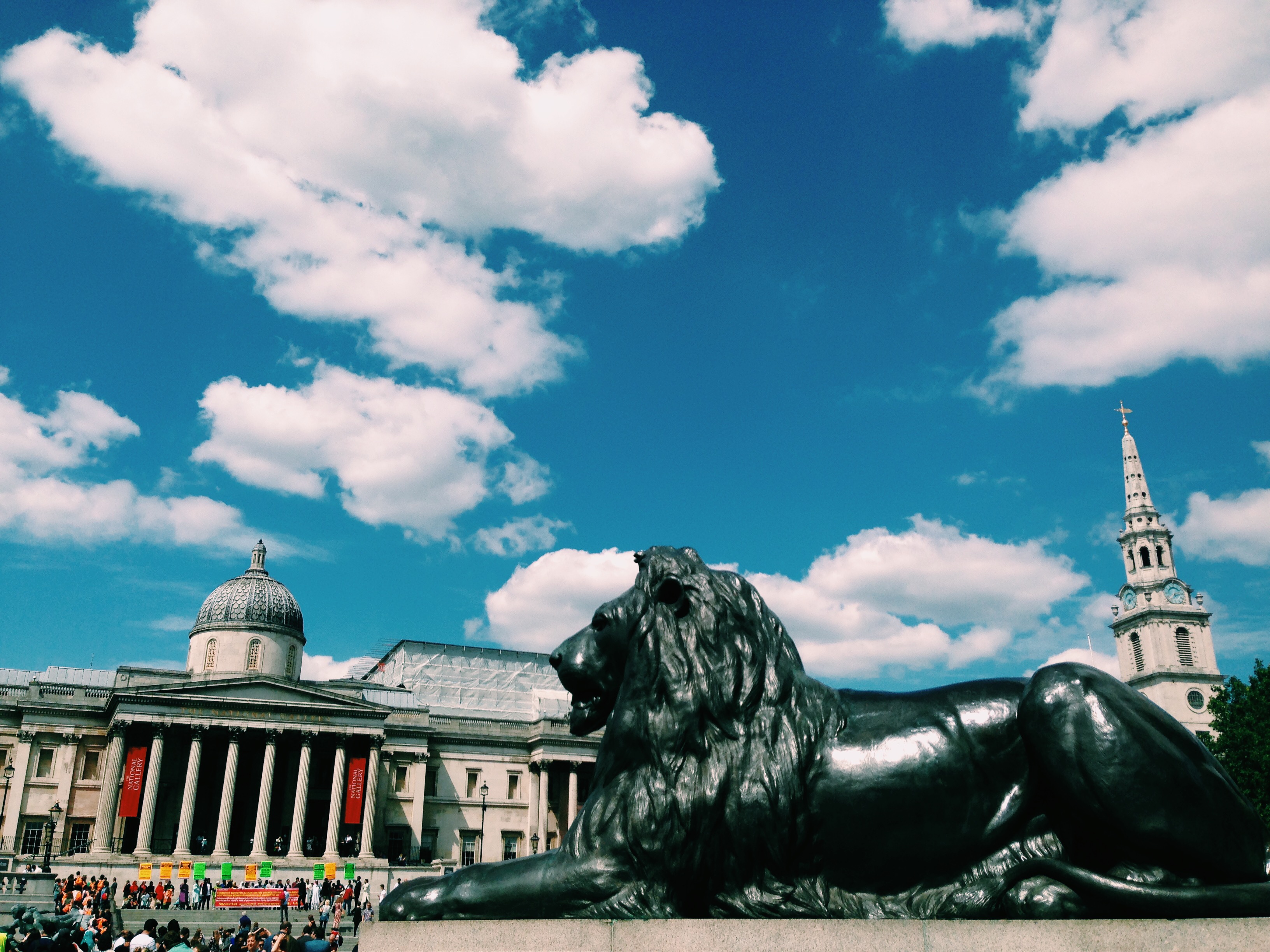
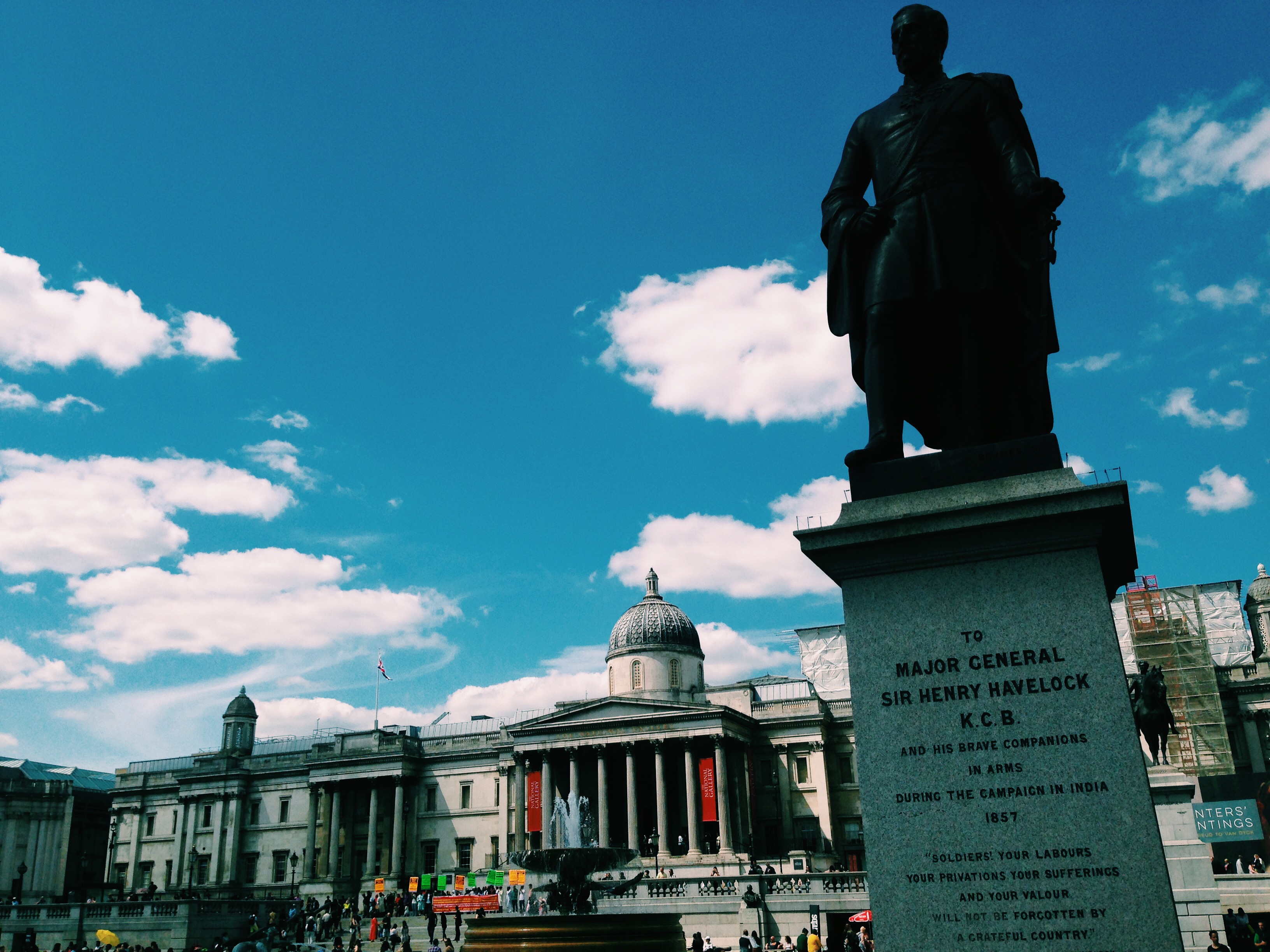
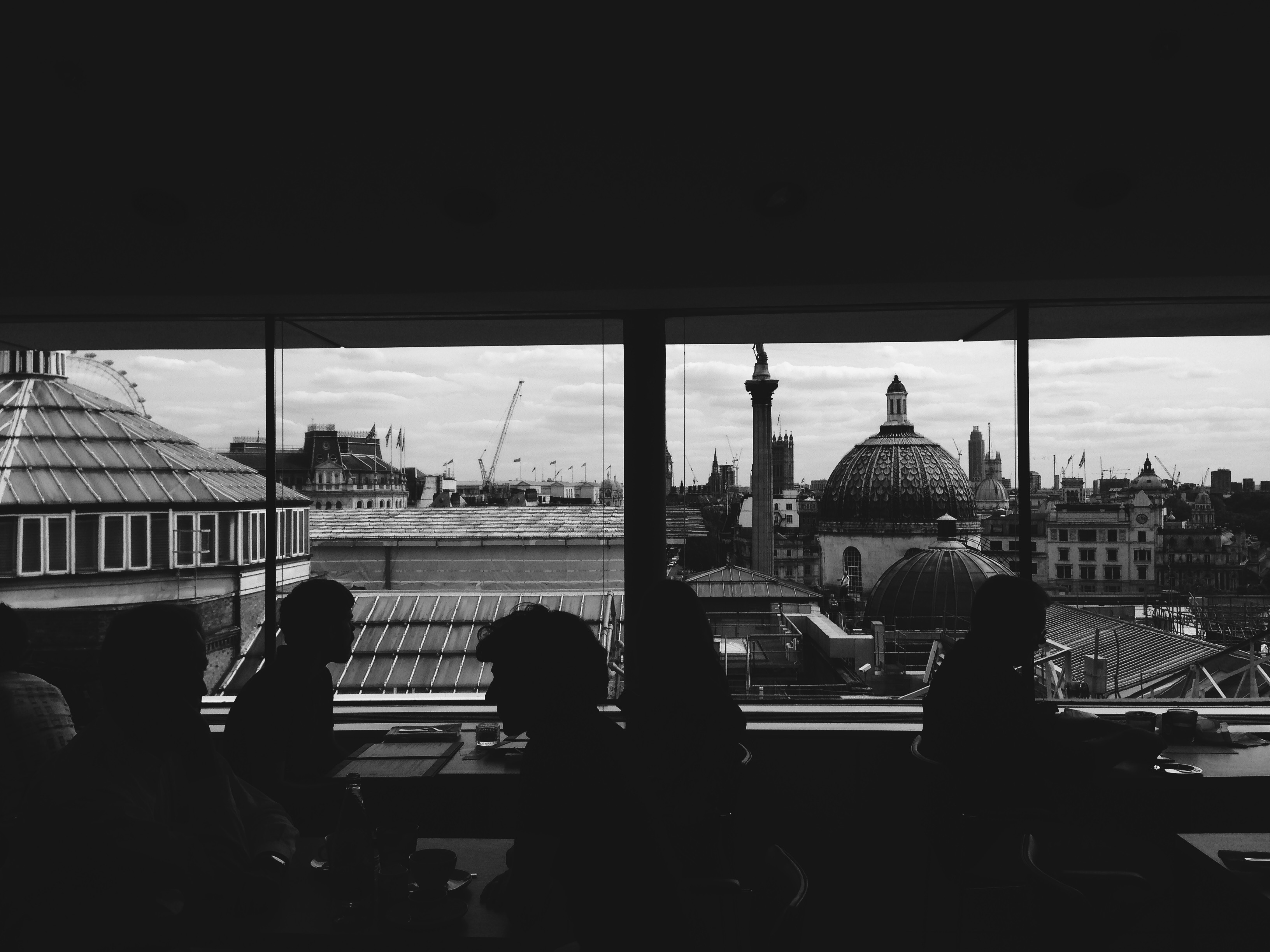
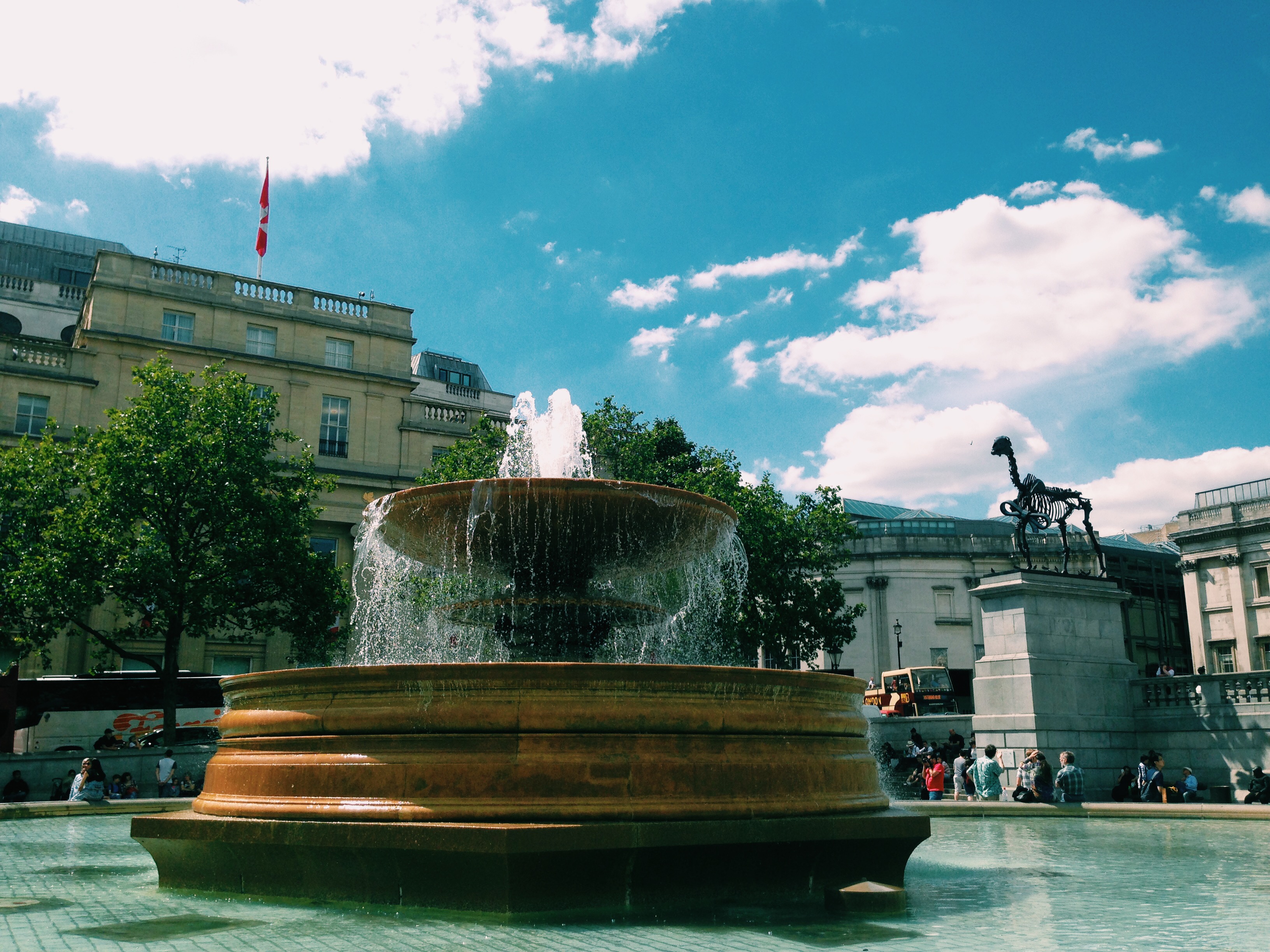

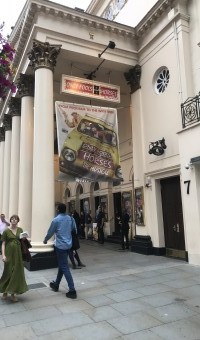

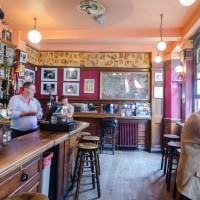
 Load more triptoids
Load more triptoids